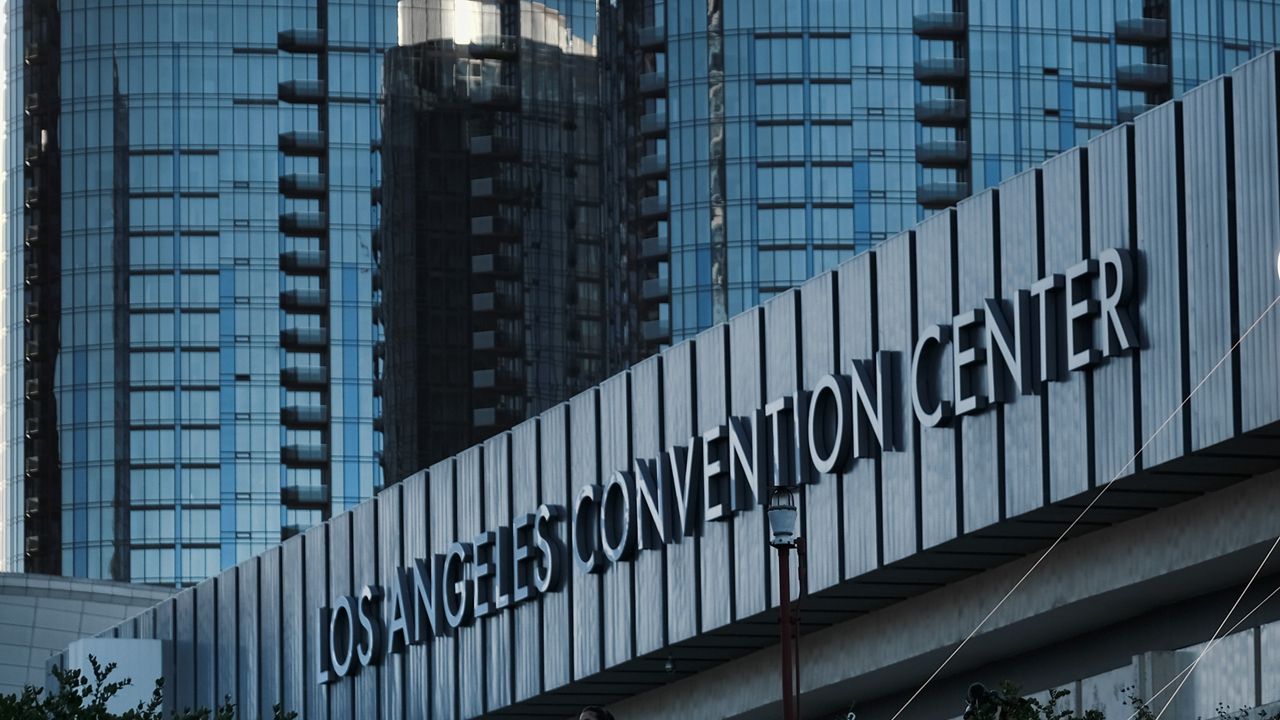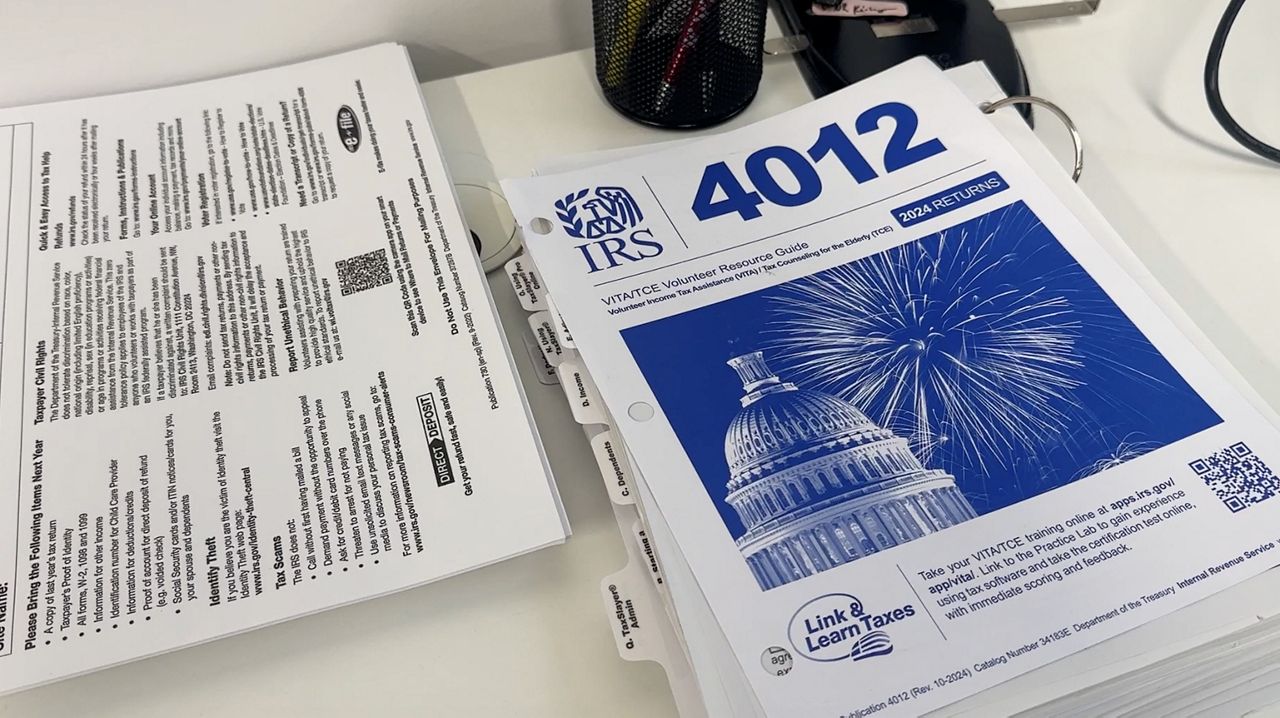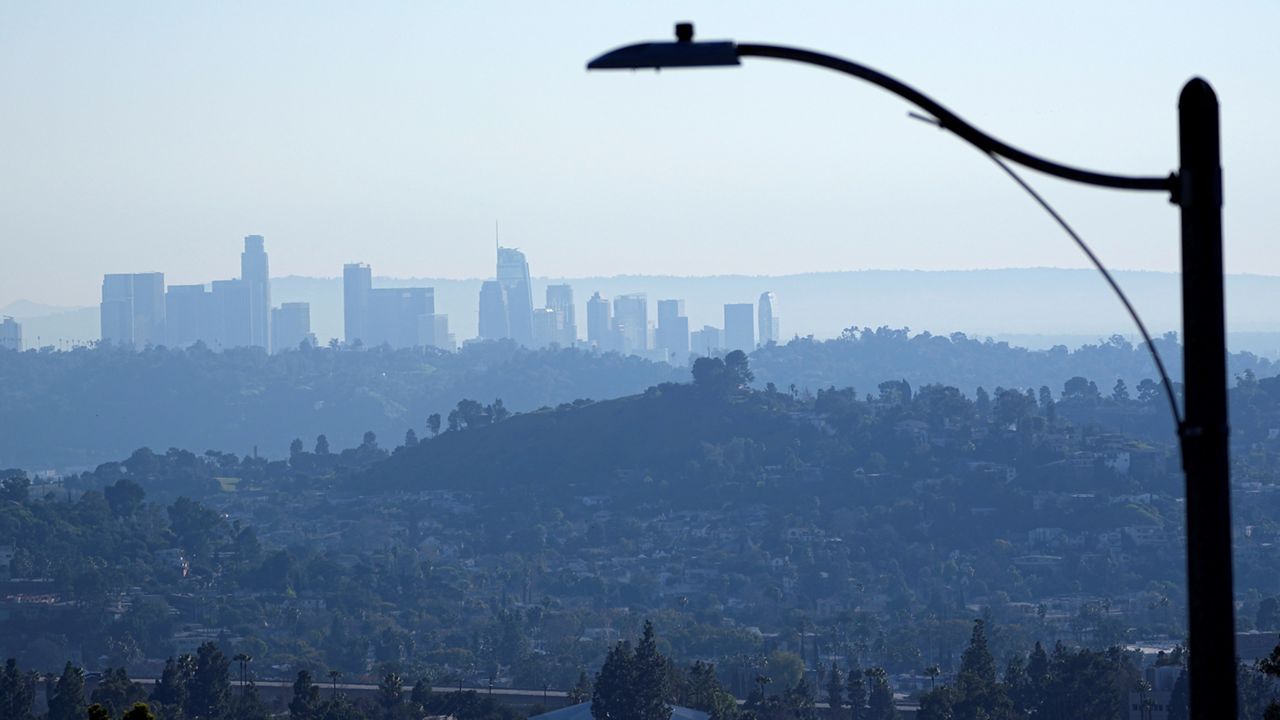LOS ANGELES — The City Council Wednesday advanced plans for a proposed modernization of the Los Angeles Convention Center, with conditions aimed at mitigating risks and lowering costs as the city grapples with fiscal concerns.
In a 14-1 vote, the council authorized city staff to continue negotiations with APCLA, or AEG Plenary Conventions Los Angeles, the joint venture that would oversee construction of the project, to finalize an agreement under a so-called "phased delivery."
Council members authorized $27 million for further pre-construction work and consultation services as part of an early works agreement with APCLA — on top of $54 million the city spent for the same purpose in 2024.
The council approved a phased delivery option for the project, which aims to connect the South Hall and West Hall above Pico Boulevard with a new hall building. Under a preliminary timeline, construction would start in September with work being paused from May 31 to Sept. 30, 2028, for the 2028 Olympics. The project would be completed in March 2029.
The phased approach could potentially impact scheduled events at the convention center, but City Administrative Officer Matt Szabo emphasized he would not recommend an agreement with such risk.
According to city officials, a final project agreement could come before the City Council as soon as July with a recommendation to issue bonds to fund the endeavor.
With the city facing a nearly $1 billion shortfall in the upcoming fiscal year, and as a result of an estimated $350 million in damages due to the Palisades Fire, several council members expressed trepidation about the project, which has increased from $1.4 billion to $2.2 billion.
The new estimate covers construction and design costs and it adds a new kitchen and concessions program, new electrification requirements, additional steel and structural support for the Pico Expansion, upgrades to fire alarms and other utility needs.
Los Angeles would be on the hook for $421 million for related allowances or contingencies such as change orders, claims, staffing, and other categories.
"It is a complicated project that has a lot of contingencies. We're not just building something from scratch," Szabo said. "We're connecting a 30- year building to a 50-year building over a major thoroughfare and so those contingencies need to be negotiated."
In a bid to reduce costs and reduce risks as much as possible, council members ordered further assessments and asked staff to identify potential aspects of the project that could be put on hold.
A majority of council members said they believed the project's potential for revitalizing downtown and generating revenue outweighed some of the risks associated with the project.
Councilwoman Ysabel Jurado, who represents the 14th District, encompassing the LA Convention Center, said it was "critical" for the city to invest in its resources.
"This isn't just about the convention center itself. It's about showing Angelenos that we are committed to investing in our own residents, our workers and our businesses and the future of this city," Jurado said.
Councilman John Lee echoed the sentiments of his colleague. He added, "We are the second largest city in this country, yet we rank 21st in convention (spaces). We want LA to be number one, and we want this to be the number one choice for organizers and attendees from around the world."
But Councilwoman Monica Rodriguez, the sole "no" vote on the matter, said she couldn't support the project at a time of such economic volatility, referring to federal tariffs, supply chain issues and other concerns.
She also criticized the city's spending on the project that only seems to be increasing amid existing budget constraints. Szabo noted that spending on the project will be paid off starting in fiscal year 2028-29, including pre-construction work. He confirmed that the already spent $54 million of debt servicing would add up to roughly $100 million down the line.
"We're only a billion dollars in the hole folks," Rodriguez said. "So, that's your government at work."
The councilwoman emphasized that the council is "basically still charging the credit card" when they are asking departments to downsize and considering layoffs.
"I come back to the fact that taxpayers ultimately will bear the brunt of a lack of services being delivered in exchange for something that we've been talking about for well over a decade," Rodriguez said.
The current scope of the project calls for 190,000 square feet of contiguous hall space, up to 55,000 square feet of additional meeting room space; and up to 95,000 square feet of multi-purpose space.
City staff said the design would provide for 750,000 square feet of contiguous hall space and more than 1.2 million square feet of total usable space across the Convention Center campus.
It would redesign Gilbert Lindsay Plaza with more public amenities, as well as add digital signs on the outside of the Convention Center. Some of the proposed work is subject to change depending on the final agreement.
According to Szabo, the city would have an annual $136 million debt payment starting in fiscal year 2028-29 for 30 years through 2055-56. But city officials anticipate the project will pay for itself as revenue generated from bookings, events, digital ads, parking, among other taxes should reach $137 million.
Approximately $60 million in revenue would come from digital ads placed outside the convention center and in proximity to Interstate 10, which will require approval from state and federal agencies. Szabo noted there's an effort underway to gain support from Caltrans, the governor's office and the state legislature.
"This project relies heavily, or at least the affordability factor of this project relies heavily on the signage revenue," Szabo said.
With the Olympics on the horizon, the call to commit to the project has only intensified with several labor unions and L.A. business leaders, as well as the general manager of the Department of Tourism, Doane Liu, urging elected officials to advance the proposal.
Supporters say it would boost tourism, lead to more union jobs, and make the city more competitive compared to other convention spaces in San Diego, San Francisco and Anaheim.
"It gives us what we want out of downtown," Leslie Ridings, co- founder of the Downtown Los Angeles Residents Association. "It gives us a vibrant street life, economic revitalization, safe and crowded streets."










